Student pilot solo requirements: How many hours before you solo?
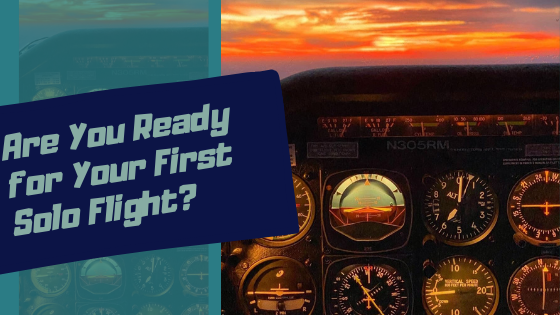
Longing to get your first solo flight? You must adequately train and learn crucial components of safe flight operations and assure your CFI with your performance to get your first solo flight.
Once the certified flight instructor trusts your ability, you can get your first solo flight.
But how to build that trust?
You build that trust by performing during your flight. Some student pilots perform well as early as 10 hours, and some may need hundred hours to grasp the necessary skills.
The training time required to get the first solo flight is subjective. Getting your first solo depends on how soon you can meet the requirements.
Without knowing the requirements, you can’t create a plan, and without a plan, getting your first solo becomes challenging.
Training frequently may contribute to achieving a solo flight sooner. Flying more often restrains you from repeating lessons.
Usually, if you fly only once or twice a week, you will forget lessons from your previous flight. As a result, you need to repeat lessons multiple times to understand and grasp them.
Therefore, you would fly extra hours to learn the same lessons, and getting your solo flight at an ideal time will become challenging.
Similarly, discuss the requirements with your CFI and tell him you want to solo as quickly as possible. A seasoned flight instructor can help you with your goals.
Hour requirements to get your first solo flight as a student pilot.
Generally, the number of flight hours before your first solo varies depending on your progress and skill development.
However, a standard benchmark is 10-30 hours of flight time.
The certified flight instructor’s (CFI) duty is to prepare you before endorsing you for a solo flight. You’ll receive all the necessary guidance from your CFI.
Your CFI will assess your proficiency in fundamental flight maneuvers, navigation, and communication.
At this stage of flight training, a CFI emphasizes critical aspects of a flight, such as:
- Takeoffs;
- Safe landings and;
- Emergency procedures.
Once your instructor deems you ready, you will be authorized to fly solo, marking an exciting milestone in your journey as a student pilot.
Now, getting your first solo is not about acquiring flying skills. There are other requirements you must meet to get your first solo flight.
Student pilot solo requirements apart from flight hours.
Let’s begin with some general requirements before getting your first solo flight.
It is important to note that these requirements still need to be completed, and you should consult with your flight instructor and local aviation authority for the most accurate and up-to-date information. Here are some standard conditions for a student pilot’s solo flight:
Age: The minimum age to conduct a solo flight can vary but is typically around 16 to 17 years old in most countries. However, some countries may have different age requirements.
A student pilot can learn the essential flying maneuvers to solo at 14/15 years old.
However, the original requirement is linked to getting a student pilot certificate (license).
You must be at least 16 years old to be eligible for a Studnet Pilot Certificate. Without a Student pilot certificate, your CFI can’t release you for a solo flight as per the FAA regulation.
Hence, you must be 16 years old to get your first solo flight.
Medical Certificate: You must hold a valid Class 3 medical certificate. The specific course of medical certificate required depends on the type of pilot license you are pursuing.
Student pilot license: You need a student pilot license to become eligible for a solo flight. A CFI won’t release you for a solo flight without a student pilot license.
Below are the academic requirements that a student pilot must meet to get their first solo flight.
Ground Training Requirements.
Ground school is essential to become a competent pilot. Learning the fundamentals aids in safe flight operations.
On your training flight you can rely on your CFI to assist you on your training flights. However, your intellect would be your best friend on your solo flight.
Many flight schools require taking private pilot ground school and passing a pre-solo knowledge test. You can choose an online ground school or take in-person lessons with a ground instructor.
Passing the Pre-solo written exam to prove your aeronautical proficiency.
The pre-solo written exam is a requirement by the FAA. A CFI must conduct a pre-solo exam to determine whether a student is ready for a solo flight.
Your overall performance on the exam will be assessed, considering the number of correct answers and your understanding of the topics covered. The exact evaluation criteria may vary; some questions carry more weight than others.
You are typically expected to understand the required topics thoroughly. This includes both theoretical knowledge and practical application of the concepts.
The exam may be based on the study materials provided by your flight school. Reviewing and studying these materials thoroughly ensures you are well-prepared for the exam.
Passing the pre-solo exam is a critical aspect of flight safety. The pre-solo exam determines your ability to comprehend aeronautics and flight safety facts in detail.
If the student fails the pre-solo exam, the flight instructor must retake it until they pass.
Before retaking the exam, the flight instructor may discuss all the incorrect answers. It’s the instructor’s duty to explain and clarify the confusion of a student pilot on any topic.
To learn more about the pre-solo knowledge test and the subjects that the test covers go to this article.
Flight Training Requirements for your first solo flight.
You must demonstrate ability in basic flight maneuvers, such as straight and level flight, climbs, descents, turns, and coordinated flight. Your flight instructor will assess your skills and ensure you can safely perform these maneuvers.
You should have good practice and experience in takeoffs and landings. Your flight instructor will ensure you can safely and consistently execute takeoffs and landings without their assistance.
Training requirements as per FAR/AIM Section 61.87.
Your flight instructor will release you for a solo flight once he believes in you. Your CFI is responsible for training you in specific skills according to FAR/AIM Section 61.87.
How quickly you can learn the maneuvers and the skills to operate an aircraft safely is your caliber.
However, becoming proficient in flying takes a while.
You may ask why one takes fewer flight hours than the other. It depends on your flight instructor and how frequently you practice flying.
Some flight instructors are just splendid in articulating information making the information easy to catch on. Some instructors are good, but they can’t articulate them transparently.
To avoid training with such an instructor, experiment by flying with different instructors early on in your training and choosing the one who suits your style.
Experienced CFIs have tips and tricks to quickly improve flying skills that and have the ability to demonstrate well.
According to FAR/AIM Section 61.87, a student pilot must receive training and demonstrate their ability in the following before getting e a solo flight:
- (1) Proper flight preparation procedures, including preflight planning and preparation, powerplant operation, and aircraft systems;
- (2) Taxiing or surface operations, including runups;
- (3) Takeoffs and landings, including normal and crosswind;
- (4) Straight and level flight and turns in both directions;
- (5) Climbs and climbing turns;
- (6) Airport traffic patterns, including entry and departure procedures;
- (7) Collision avoidance, windshear avoidance, and wake turbulence avoidance;
- (8) Descents, with and without turns, using high and low drag configurations;
- (9) Flight at various airspeeds from cruise to slow flight;
- (10) Stall entries from various flight attitudes and power combinations with recovery initiated at the first indication of a stall and recovery from a full stall;
- (11) Emergency procedures and equipment malfunctions;
- (12) Ground reference maneuvers;
- (13) Approaches to a landing area with simulated engine malfunctions;
- (14) Slips to a landing; and
- (15) Go-arounds.
The bulleted list may seem overwhelming. But the reality is these operational procedures are the minimum requirements by FAA.
During flight training, your instructor will teach you everything listed above. It’s part of the process.
As you continue flight training, all these maneuvers and procedures will be second nature as a pilot.
But as previously mentioned, some students get their solo in less time than others. It is because some students learn the details quicker, and some prepare well for flight training.
But if you are a savvy student, you would study the fundamentals of aeronautics beforehand. Thus many people tell to take the FAA private pilot written exam before starting flight training.
Anticipating the next move on a flight is the smartest thing that may save your life one day.
Learn the fundamentals from study materials, pass the FAA written exam, and take an online ground school.
By implementing the matters, you learn at your ground school and by practicing safety more often, you get your solo flight sooner than many other student pilots.
Some specific books and courses help you with technical flight training skills.
You may find such books and courses helpful, but you can become a proficient pilot by following your ground school lessons and involving realistic safety rules on your flight.
In contrast, I didn’t believe books could help with actual flying. However, the technical flying lessons from the book helped me to master flying in a shorter time.
I used the airplane flying handbook to learn individual things such as:
- How to climb and descend;
- When to level your aircraft and trim correctly to maintain a straight flight;
- How to initiate a level flight from a turn smoothly;
- Where to look while you are on final;
- How to flare for a smooth landing;
- How to correct to reduce the ground effect, etc.
You can find heaps of techniques in books and courses to accelerate learning. The sooner you learn, the quicker you’ll manage the student pilot solo requirements to get a solo.
Solo Flight Endorsement.
The last requirement is the solo flight endorsement from your CFI.
Your flight instructor will endorse in your logbook for a solo flight, indicating that they have assessed your skills and confidence to fly the aircraft solo.
The requirements for this endorsement involve a minimum number of flight hours and satisfactory performance in various flight maneuvers.
You must have received the necessary flight training and demonstrated the knowledge and skills to operate the aircraft safely.
There may be specific student pilot solo limitations on the type of aircraft you are allowed to fly.
You must understand and adhere to safety practices and procedures, including maintaining situational awareness, proper pre-flight checks, and managing risks during the flight.
Remember, these are general requirements, and the specific regulations can vary depending on your location and the type of pilot license you are pursuing.
It is crucial to consult with your flight instructor and review the rules set by your local aviation authority to ensure compliance with all the requirements for a solo flight as a student pilot.
RESOURCES:
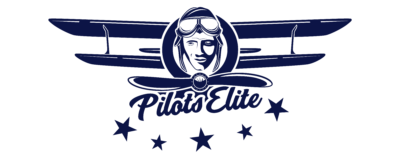
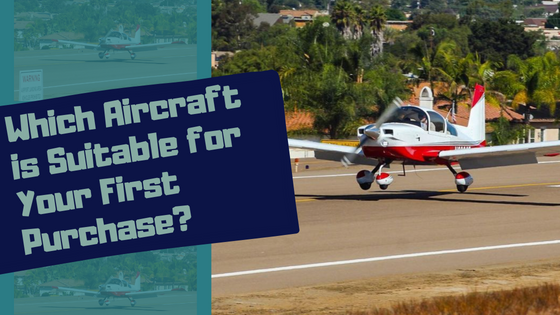
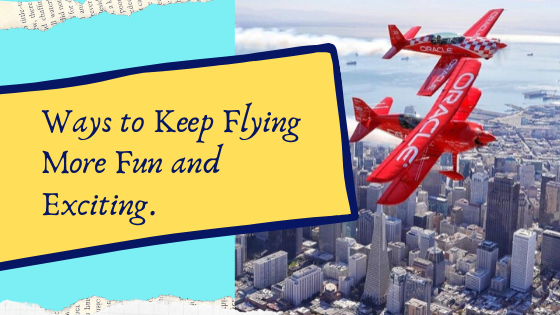
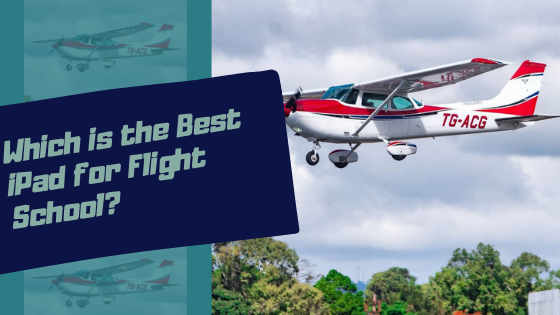
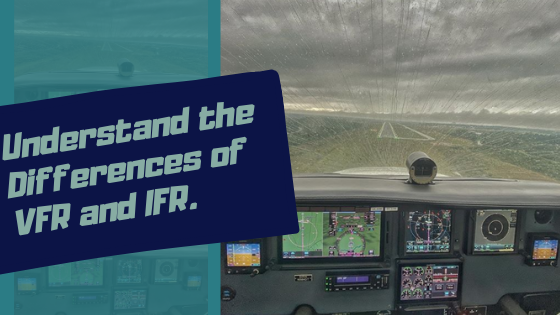
I think y’all meant to say Instrument Routes instead of International Routes